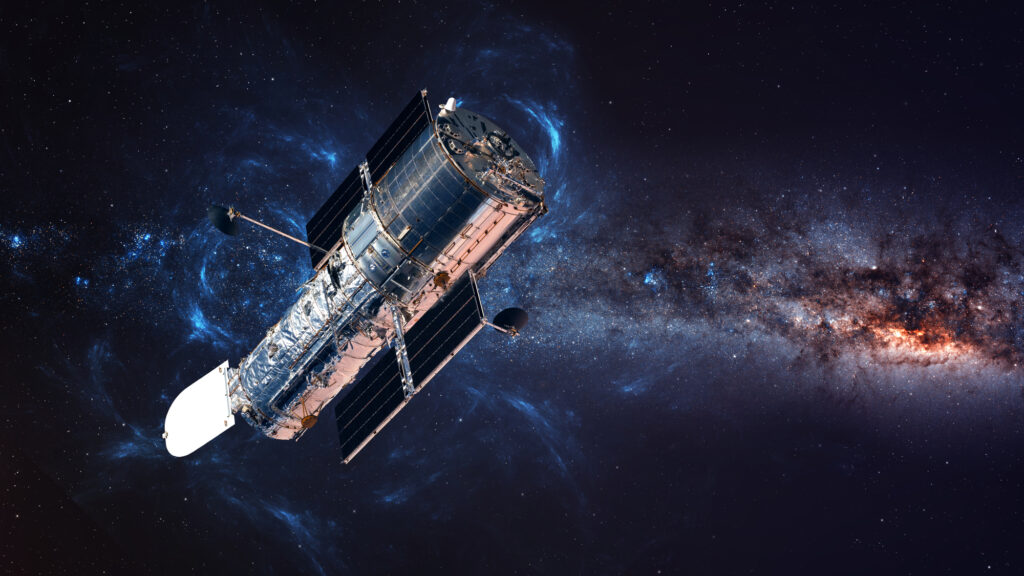Astronomers using the NASA/ESA Hubble Space Telescope have observed the smallest exoplanet where water vapor has been detected in its atmosphere, the European Space Agency announced.
At only about twice the diameter of Earth, the planet GJ 9827d could be an example of potential planets with water-rich atmospheres elsewhere in our galaxy.
This would be “the first time that we could directly show, through atmospheric detection, that these planets with water-rich atmospheres can actually exist around other stars,” said team member Björn Benneke of the Université de Montréal. “This is an important step toward determining the prevalence and diversity of atmospheres on rocky planets.”
However, it is still too early to say whether Hubble spectroscopically measured a small amount of water vapor in a swollen, hydrogen-rich atmosphere, or whether the planet's atmosphere is mostly made of water, left behind after a primitive hydrogen atmosphere. /helium has evaporated under stellar radiation.
“Our observation program was designed specifically with the aim of not only detecting molecules in the planet's atmosphere, but also specifically looking for water vapor. Either result would be exciting, whether water vapor is dominant or just a small species in a hydrogen-dominated atmosphere,” said the paper's lead author, Pierre-Alexis Roy, from the University of Montreal.
“Until now, we have not been able to directly detect the atmosphere of such a small planet. And now we are slowly entering this regime,” Benneke added. “At some point, as we study smaller planets, there should be a transition where there is no more hydrogen in these small worlds and they start to have atmospheres more similar to that of Venus (which is dominated by carbon dioxide).”
As the planet is as hot as Venus, at around 425 degrees Celsius, it would definitely be an inhospitable and vaporous world if the atmosphere were predominantly water vapor.
Currently, the team has two possibilities. The planet is still clinging to an envelope rich in hydrogen and water, which makes it a mini-Neptune. Alternatively, it could be a hotter version of Jupiter's moon Europa, which has twice as much water as Earth beneath its crust. “The planet GJ 9827d could be half water, half rock. And there would be a lot of water vapor on top of a smaller rocky body,” Benneke said.
If the planet has a water-rich residual atmosphere, then it must have formed further away from its host star, where the temperature is cold and water is available in the form of ice, than in its current location. In this scenario, the planet would then have migrated closer to the star and received more radiation. The hydrogen was then heated and escaped, or is still in the process of escaping, the planet's weak gravity. The alternative theory is that the planet formed close to the hot star, with a trace of water in its atmosphere.
The Hubble program observed the planet during 11 transits – events in which the planet passed in front of its star – which were spaced over three years. During transits, starlight filters through the planet's atmosphere and carries the spectral fingerprint of water molecules. If there are clouds on the planet, they are low enough in the atmosphere that they do not completely obscure Hubble's view of the atmosphere, and Hubble is able to probe the water vapor above the clouds.
Hubble's discovery opens the door to a more detailed study of the planet. It's a good target for the NASA/ESA/CSA James Webb Space Telescope to do infrared spectroscopy to look for other atmospheric molecules.




















Comments